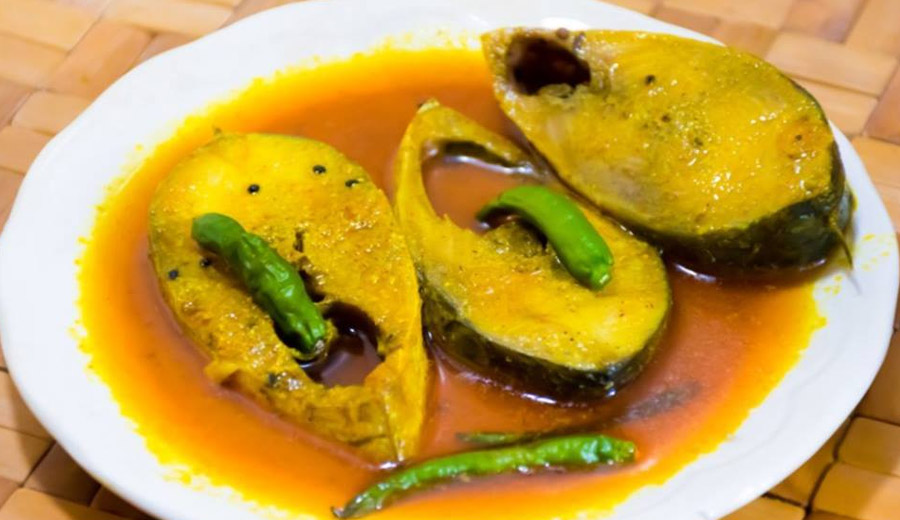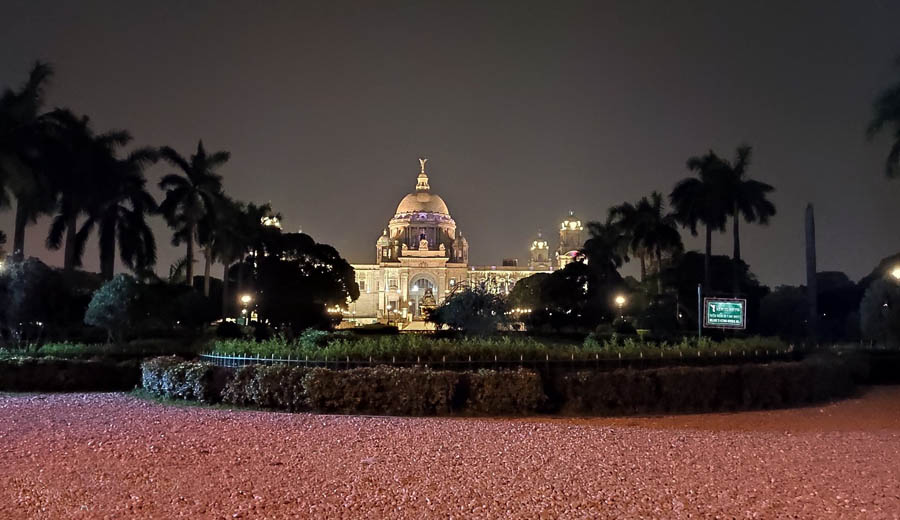Moonmoon’s mother called her up last Friday. She invited her son-in-law Raj and Moonmoon on Sunday for a special treat.
Moonmoon was somewhat surprised but in spite of her ardent questions, her mother didn’t divulge any more detail.
Raj was intrigued too when Moonmoon told him about the invitation. After all, they visited Moonmoon’s parents quite recently on Jamai Shasthi and had a roaring time.
But when Moonmoon’s mother calls, it is usually an order.
“Come early in the morning, you will spend the whole day here,” she told them.
When they set foot on the Jodhpur Park home of Moonmoon’s parents, they found out that it was Moonmoon’s father who was behind the invitation.
The occasion?
Moonmoon’s father caught sight of fresh, large, silvery Hilsas in the market and wanted to treat his daughter and son-in-law, both of whom are zealous lovers of Ilish Maach.
Hilsa is Synonymous with Monsoon for Bengalis
Hilsa is not just a fish, it is the most loved delicacy for the Bengalis. And monsoon and Hilsa, Ilish Maach as Bengalis call it are two sides of the same coin. One cannot exist without the other.
The taste of Ilish Maach is the best in the monsoons. It is when the fish enter the various rivers of Bengal from the Bay of Bengal to lay eggs, that they are mostly caught. At this time the fish becomes extremely tasty.
The good thing is that you can cook Ilish Maach in various ways.
You can relish Ilish Maach as smoked, dried, fried, steamed, or cooked in gravy using mustard paste or coconut milk. Or you can go about breaking the fish pieces and mixing them with different greens and vegetables to cook lip-smacking side dishes.

Bengalis romanticize the Hilsa and many songs, blog articles, and videos dot the online space today.
No true blue Bengali will ever let a monsoon pass without him tasting some Ilish delicacy.
Rainy Days Have Got Their Own Charm
When I was a child, I loved the rainy days. Those were the days when constant showers made going out almost impossible, and there was no question of going to school. It was such a relief from the drudgery of homework.
Roads were waterlogged and most public transports was off roads. Our focus was mostly on food in those days.
Apart from more cups of tea than usual, fritters and omelettes, khichdi for lunch was absolutely mouth-watering.
The spirit lives on till today.
A good rainy day with continuous heavy showers means hot khichdi, fried fish, and Netflix.
You Can again Go out as the Hot Summer is Gone
During the hot summer, you do not want to go out but are cooped up at your home as the heat outside is too much. Going out to a friend’s or relative’s home is much restricted because it is very uncomfortable.
Eating out takes a back seat also. It is difficult to gorge on the greatest food on earth in the summertime. But it is much more comfortable during the rainy season.
Once the sweltering heat of the summer is a thing of the past, it is pleasant to go out again. You can visit the exquisite garden at the Victoria Memorial, or just sit down on the bank of the Ganges near the Prinsep Ghat or Millennium Park in the evening.

The waterbodies are full again, and you can relax beside one, watch green trees, and birds.
If you live in a gated community, the evening walks and addas become long again.
Cooler City with Smiling Gardens
The city gets cooler after a few days into the rainy season. Cloudy skies and recurrent drizzle bring down the temperature to a tolerable degree.
In all parks and gardens, new leaves grow on plants and trees. The green patches of Kolkata get a new life. A walk in the Maidan is so pleasant!
Flowers of the monsoon start blooming.
This is a time when you feel comfortable sitting on a garden bench or see rain falling outside your window and forget the sense of time.
Bring out the Romantic in You
Bengalis are inherently romantic. And rains bring out this trait very strongly among them.
There is a complete collection of rainy season songs, borshar gaan, by Tagore. Even other eminent songwriters like Nazrul had responded to the charm of this season.
In a Bengali adda, it is common to hear someone singing an appropriate song — “Aaji jhoro jhoro mukhoro badal dine,” or “Pagla haoway, badal dine…”
In the Bengali movies, dramas, and songs, the theme of monsoon was repeated many times and never failed to enthrall Bengalis.
Preparation for the Pujas
The preparation for the largest festival of Bengal, Durga Puja, begins silently during the monsoons. This is the time when the idol of the Goddess starts to form at Kumortuli.
All the shops and all the businesses clear their stock and start restocking for the Pujas. Shopping begins slowly in July and gathers momentum in September.
If the monsoon is favourable, it gives huge support to our economy as the rural economy is very much dependent on it.
Hopefully, the monsoon this year will be bountiful as predicted by the Indian Meteorological Department (IMD). This could have a positive impact on the retail inflation rate which has galloped to a 95-month high in April at 7.8 per cent, and spur economic growth.
The economic indicators are sufficiently robust at this point in time. One of the key indicators, monthly GST collections is buoyant signifying high demand in the economy.
Lakhs of small businesses, and their workers depend on the Pujas for their income in Bengal. There was a serious truncation of their income during the pandemic.
Hopefully, we will have a roaring Durga Puja this year.






